In a groundbreaking fusion of architecture and acoustic engineering, researchers have unveiled a revolutionary concept: the "Invisible Concert Hall," constructed using nano-scale acoustic metamaterials. This avant-garde structure promises to redefine live musical experiences by manipulating sound waves in ways previously confined to science fiction. The project represents a paradigm shift in performance space design, where the very walls seem to disappear while maintaining perfect acoustic integrity.
The core innovation lies in specially engineered metamaterials that can bend, focus, or absorb sound at frequencies spanning the entire human auditory spectrum. Unlike traditional concert halls that rely on rigid geometries and heavy sound-diffusing surfaces, this invisible auditorium uses microscopic structures smaller than sound wavelengths to create targeted acoustic effects. When properly arranged, these nano-elements form "acoustic illusions" - making walls sonically transparent while preventing unwanted echoes or external noise interference.
Architectural teams working with acoustic physicists have developed modular panels containing billions of precisely arranged microscopic resonators. These panels can be configured to create variable acoustic environments within the same physical space. A single hall might transform from the crisp reverberation of a cathedral for organ music to the intimate dryness of a jazz club, all at the touch of a button. The metamaterials achieve this by selectively filtering specific sound frequencies while allowing others to pass through what appears to be solid matter.
Early prototypes demonstrate astonishing capabilities. During test performances, audiences report the surreal experience of hearing orchestras as if floating in open air, yet with perfect clarity and balanced tonality across all seating positions. The technology solves the perennial "bad seat" problem - those traditionally poor acoustic locations now receive optimized sound through metamaterial waveguides that compensate for distance and angle. Musicians describe playing in the space as "liberating," as the hall seems to disappear around them while maintaining ideal feedback conditions.
Beyond concert applications, the research carries profound implications for urban noise control. The same principles allowing walls to become acoustically transparent could create "sound windows" in buildings - permitting desired sounds like birdsong while blocking traffic noise. Civic planners envision entire districts using metamaterial barriers to sculpt urban soundscapes. This represents more than architectural innovation; it's a fundamental rethinking of humanity's relationship with sound environments.
Commercial implementation faces significant challenges, particularly regarding mass production of nano-acoustic materials at architectural scales. Current prototypes require painstaking assembly under cleanroom conditions. However, research teams are optimistic about developing scalable manufacturing techniques within the next decade. When achieved, the invisible concert hall may become as transformative to musical performance as the transition from outdoor amphitheaters to enclosed concert spaces was during the Renaissance.
The project has sparked debate among traditional acousticians. Some purists argue that the predictability of mathematical sound manipulation could sterilize musical experiences, removing the charming imperfections of physical spaces. Proponents counter that the technology finally allows complete artistic control over sound presentation, comparing it to the transition from acoustic to electric instruments. What remains undisputed is that nano-acoustic metamaterials will permanently alter how humans design spaces for listening.
As beta testing continues with major symphonies and acoustic research institutions, the invisible concert hall stands poised to enter the cultural mainstream. Its developers predict that within twenty years, these structures may become the gold standard for performance venues, just as steel and glass transformed skyscrapers a century ago. The silent revolution in sound architecture has begun, and it's being built one nanometer at a time.

By Victoria Gonzalez/Apr 14, 2025

By Ryan Martin/Apr 14, 2025
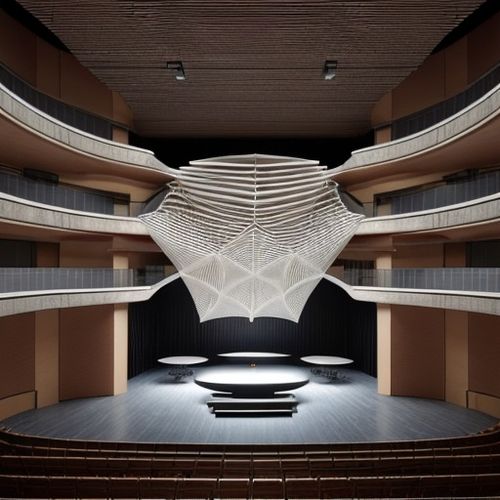
By John Smith/Apr 14, 2025

By Eric Ward/Apr 14, 2025

By Victoria Gonzalez/Apr 14, 2025

By Ryan Martin/Apr 14, 2025

By James Moore/Apr 14, 2025

By Megan Clark/Apr 14, 2025
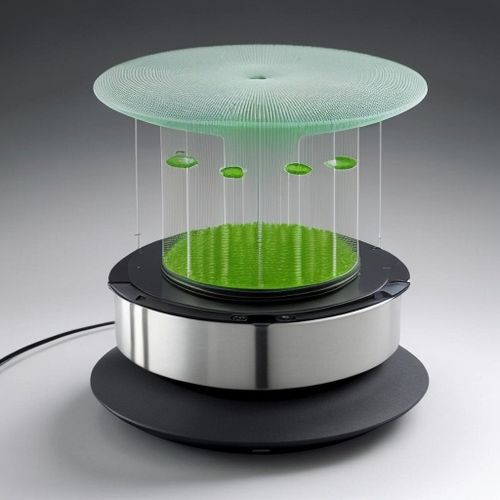
By John Smith/Apr 14, 2025

By Joshua Howard/Apr 14, 2025

By Laura Wilson/Apr 13, 2025

By Grace Cox/Apr 13, 2025

By Benjamin Evans/Apr 13, 2025

By George Bailey/Apr 13, 2025
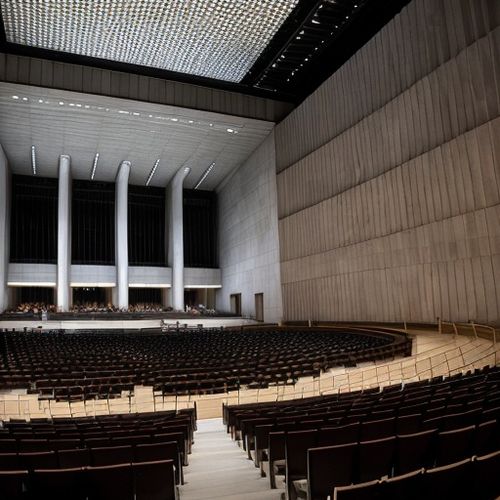
By David Anderson/Apr 13, 2025
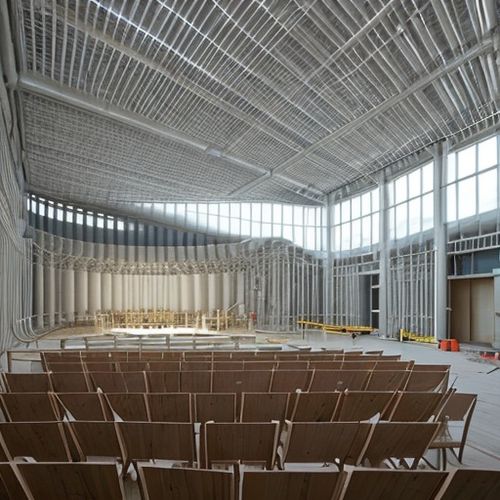
By Grace Cox/Apr 13, 2025

By William Miller/Apr 13, 2025

By Rebecca Stewart/Apr 13, 2025

By William Miller/Apr 13, 2025
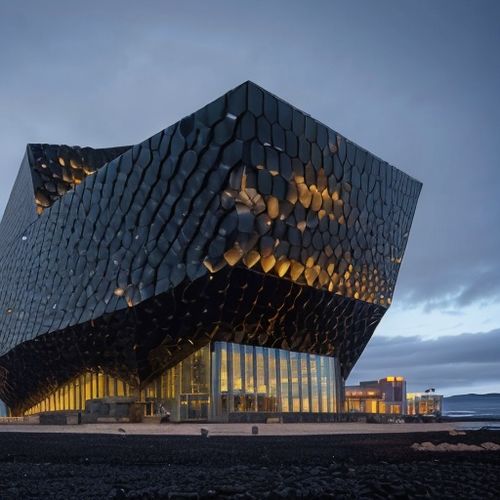
By Daniel Scott/Apr 13, 2025